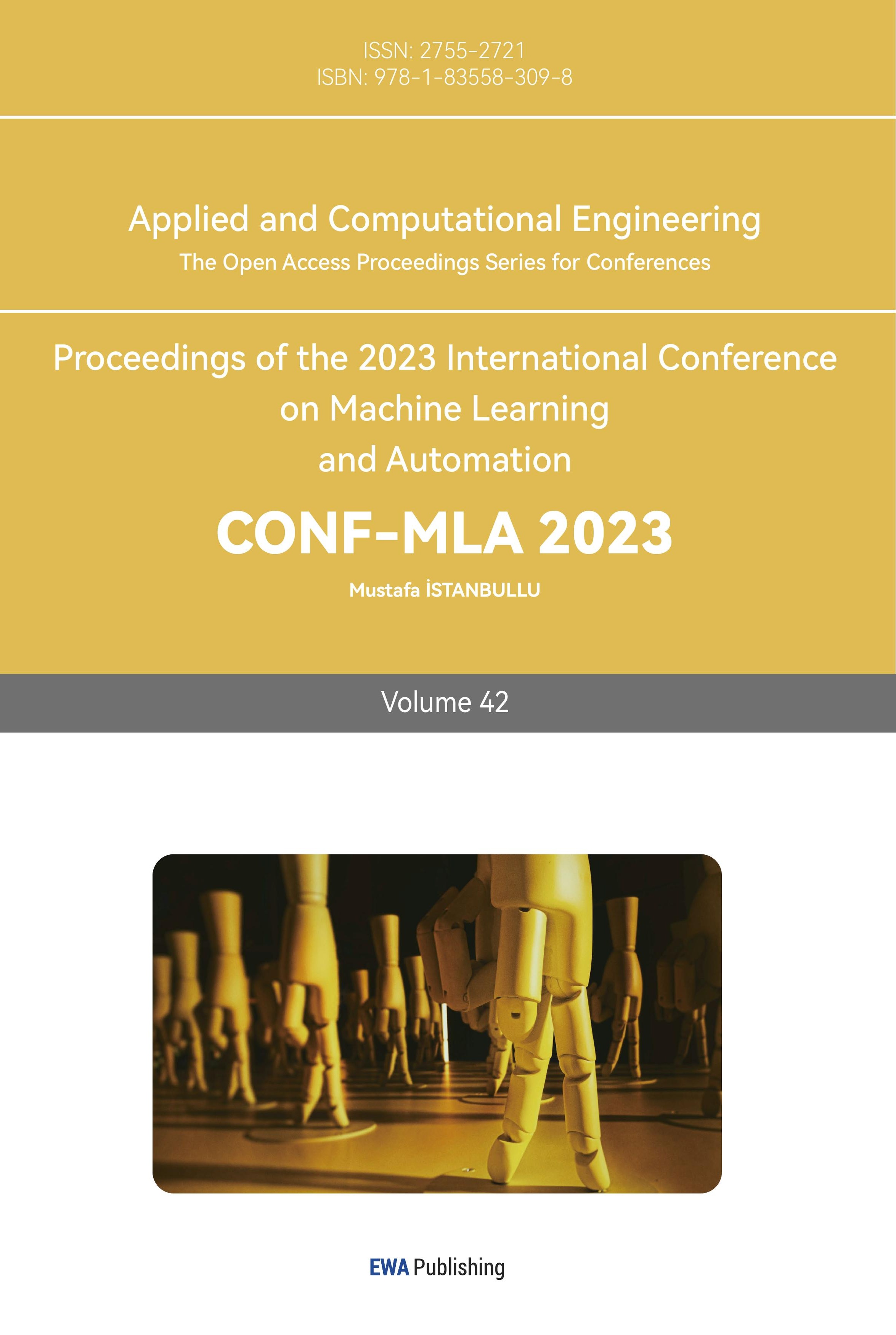References
[1]. N. Flourentzou, V. G. Agelidis and G. D. Demetriades, “VSC-Based HVDC Power Transmission Systems: An Overview,” in IEEE Transactions on Power Electronics, vol. 24, no. 3, pp. 592-602, March 2009.
[2]. Mircea Eremia, Chen-Ching Liu, and A.-A. Edris, Advanced solutions in power systems: HVDC, FACTS, and Artificial Intelligence. Piscataway, Nj: IEEE Press; Hoboken, New Jersey, 2016.
[3]. O. E. Oni, I. E. Davidson, and K. N. I. Mbangula, “A Review of LCC-HVDC and VSC-HVDC Technologies and Applications,” in 2016 IEEE 16th International Conference on Environment and Electrical Engineering (EEEIC), IEEE, Jun. 2016, pp. 1–7.
[4]. X. Zhou, J. Yi, R. Song, X. Yang, Y. Li, and H. Tang, “An overview of power transmission systems in China,” Energy, vol. 35, no. 11, pp. 4302–4312, Nov. 2010.
[5]. A. Alassi, S. Bañales, O. Ellabban, G. Adam, and C. MacIver, “HVDC Transmission: Technology Review, Market Trends and Future Outlook,” Renewable and Sustainable Energy Reviews, vol. 112, pp. 530–554, Sep. 2019.
[6]. R. L. Sellick and M. Åkerberg, “Comparison of HVDC Light (VSC) and HVDC Classic (LCC) Site Aspects, for a 500MW 400kV HVDC Transmission Scheme,” in 10th IET International Conference on AC and DC Power Transmission (ACDC 2012), 2012.
[7]. Hitachi Energy, “HVDC Classic Reference list,” 2023. Available: https://search.abb.com/library/Download.aspx?DocumentID=POW0013&DocumentPartId=
[8]. A. Kalair, N. Abas, and N. Khan, “Comparative study of HVAC and HVDC transmission systems,” Renewable and Sustainable Energy Reviews, vol. 59, pp. 1653–1675, Jun. 2016.
[9]. G. Pedrazzoli and G. Rinzo, “Longest HVAC Cable Systems: A Review,” in 2018 IEEE International Conference on Environment and Electrical Engineering and 2018 IEEE Industrial and Commercial Power Systems Europe (EEEIC / I&CPS Europe), Jun. 2018, pp. 1–6.
[10]. S. Jia, Q. Tang, and Z. Shi, “Review on HVDC circuit-breaker tests,” in 2020 4th International Conference on HVDC (HVDC), Nov. 2020.
Cite this article
Li,W. (2024). Advancements and comparative analysis of high-voltage direct current transmission technologies. Applied and Computational Engineering,42,40-46.
Data availability
The datasets used and/or analyzed during the current study will be available from the authors upon reasonable request.
Disclaimer/Publisher's Note
The statements, opinions and data contained in all publications are solely those of the individual author(s) and contributor(s) and not of EWA Publishing and/or the editor(s). EWA Publishing and/or the editor(s) disclaim responsibility for any injury to people or property resulting from any ideas, methods, instructions or products referred to in the content.
About volume
Volume title: Proceedings of the 2023 International Conference on Machine Learning and Automation
© 2024 by the author(s). Licensee EWA Publishing, Oxford, UK. This article is an open access article distributed under the terms and
conditions of the Creative Commons Attribution (CC BY) license. Authors who
publish this series agree to the following terms:
1. Authors retain copyright and grant the series right of first publication with the work simultaneously licensed under a Creative Commons
Attribution License that allows others to share the work with an acknowledgment of the work's authorship and initial publication in this
series.
2. Authors are able to enter into separate, additional contractual arrangements for the non-exclusive distribution of the series's published
version of the work (e.g., post it to an institutional repository or publish it in a book), with an acknowledgment of its initial
publication in this series.
3. Authors are permitted and encouraged to post their work online (e.g., in institutional repositories or on their website) prior to and
during the submission process, as it can lead to productive exchanges, as well as earlier and greater citation of published work (See
Open access policy for details).
References
[1]. N. Flourentzou, V. G. Agelidis and G. D. Demetriades, “VSC-Based HVDC Power Transmission Systems: An Overview,” in IEEE Transactions on Power Electronics, vol. 24, no. 3, pp. 592-602, March 2009.
[2]. Mircea Eremia, Chen-Ching Liu, and A.-A. Edris, Advanced solutions in power systems: HVDC, FACTS, and Artificial Intelligence. Piscataway, Nj: IEEE Press; Hoboken, New Jersey, 2016.
[3]. O. E. Oni, I. E. Davidson, and K. N. I. Mbangula, “A Review of LCC-HVDC and VSC-HVDC Technologies and Applications,” in 2016 IEEE 16th International Conference on Environment and Electrical Engineering (EEEIC), IEEE, Jun. 2016, pp. 1–7.
[4]. X. Zhou, J. Yi, R. Song, X. Yang, Y. Li, and H. Tang, “An overview of power transmission systems in China,” Energy, vol. 35, no. 11, pp. 4302–4312, Nov. 2010.
[5]. A. Alassi, S. Bañales, O. Ellabban, G. Adam, and C. MacIver, “HVDC Transmission: Technology Review, Market Trends and Future Outlook,” Renewable and Sustainable Energy Reviews, vol. 112, pp. 530–554, Sep. 2019.
[6]. R. L. Sellick and M. Åkerberg, “Comparison of HVDC Light (VSC) and HVDC Classic (LCC) Site Aspects, for a 500MW 400kV HVDC Transmission Scheme,” in 10th IET International Conference on AC and DC Power Transmission (ACDC 2012), 2012.
[7]. Hitachi Energy, “HVDC Classic Reference list,” 2023. Available: https://search.abb.com/library/Download.aspx?DocumentID=POW0013&DocumentPartId=
[8]. A. Kalair, N. Abas, and N. Khan, “Comparative study of HVAC and HVDC transmission systems,” Renewable and Sustainable Energy Reviews, vol. 59, pp. 1653–1675, Jun. 2016.
[9]. G. Pedrazzoli and G. Rinzo, “Longest HVAC Cable Systems: A Review,” in 2018 IEEE International Conference on Environment and Electrical Engineering and 2018 IEEE Industrial and Commercial Power Systems Europe (EEEIC / I&CPS Europe), Jun. 2018, pp. 1–6.
[10]. S. Jia, Q. Tang, and Z. Shi, “Review on HVDC circuit-breaker tests,” in 2020 4th International Conference on HVDC (HVDC), Nov. 2020.









